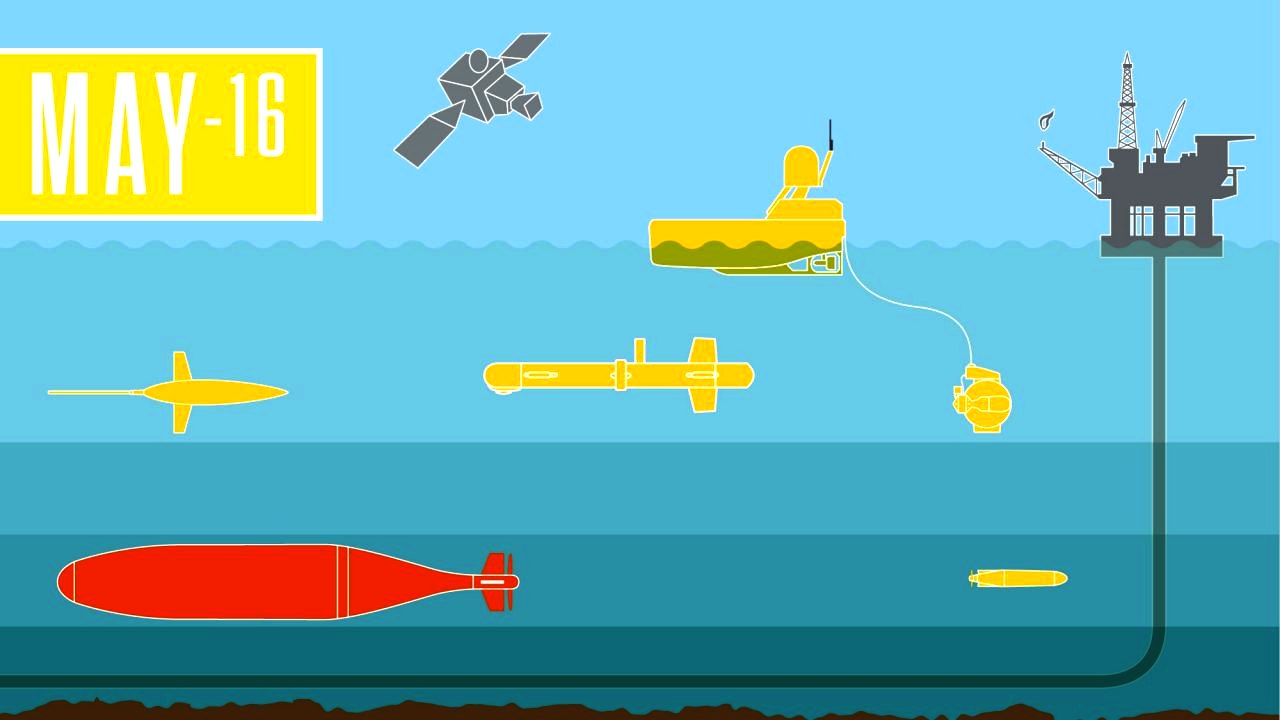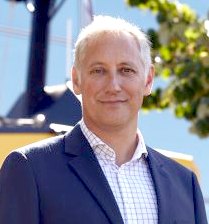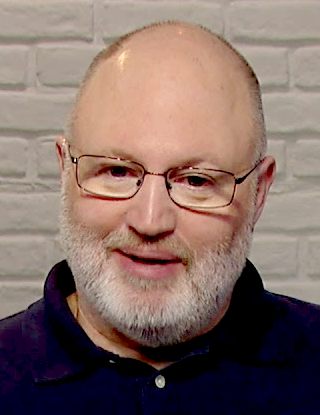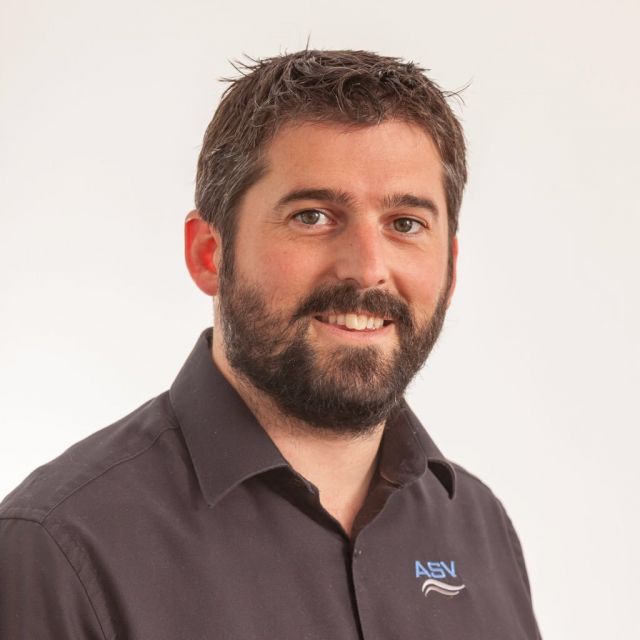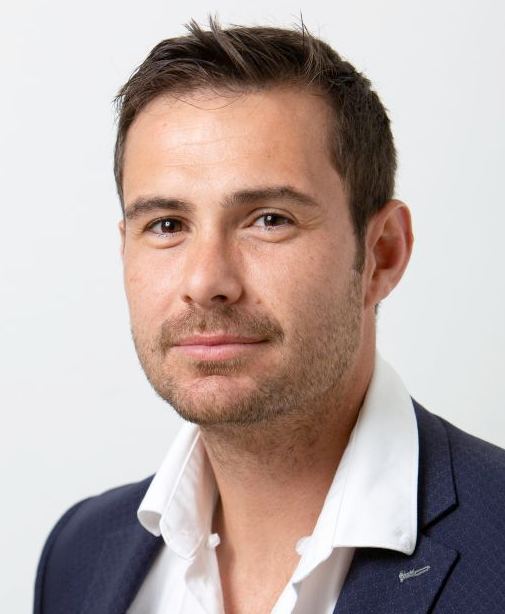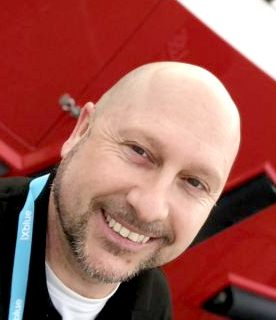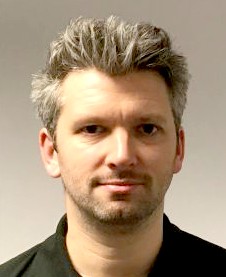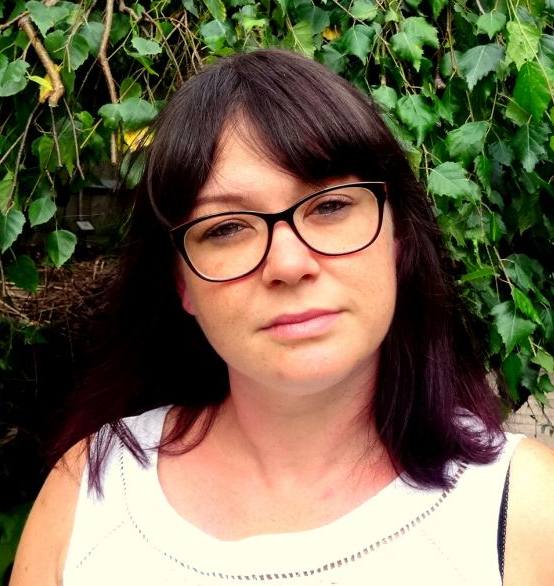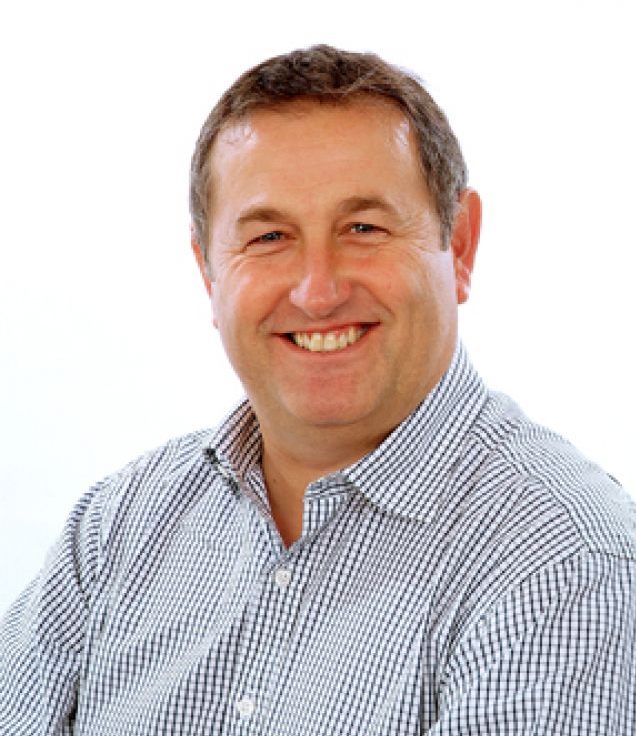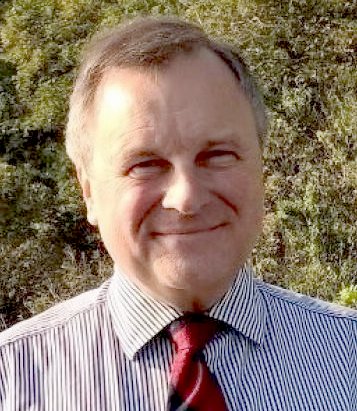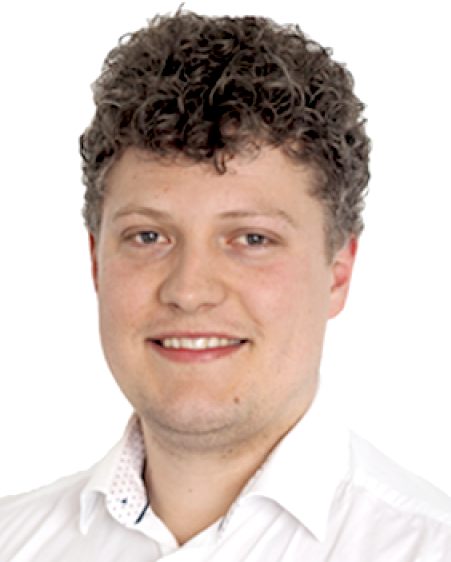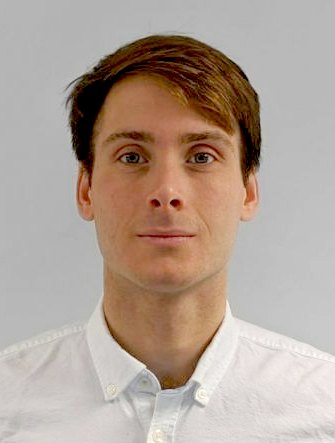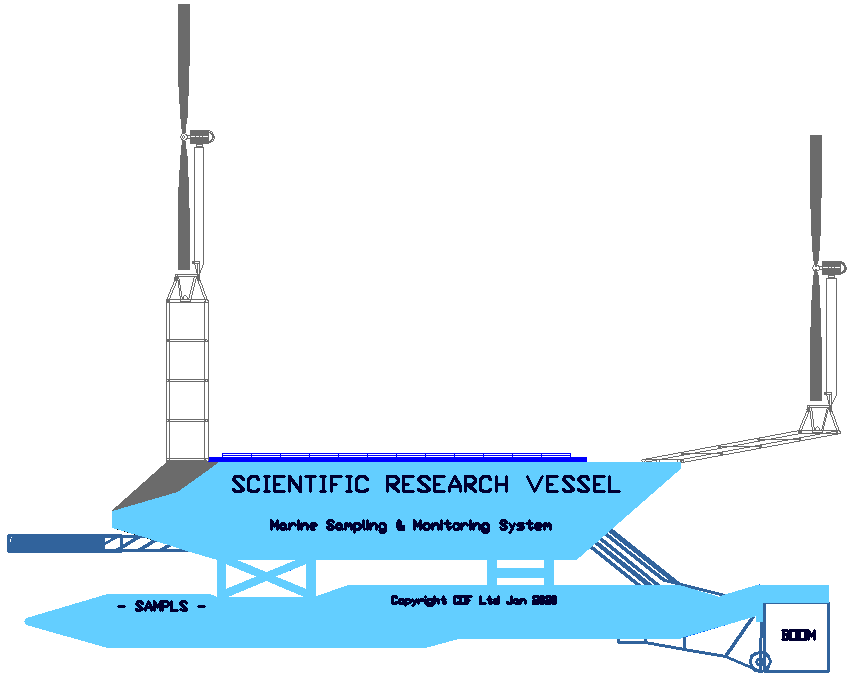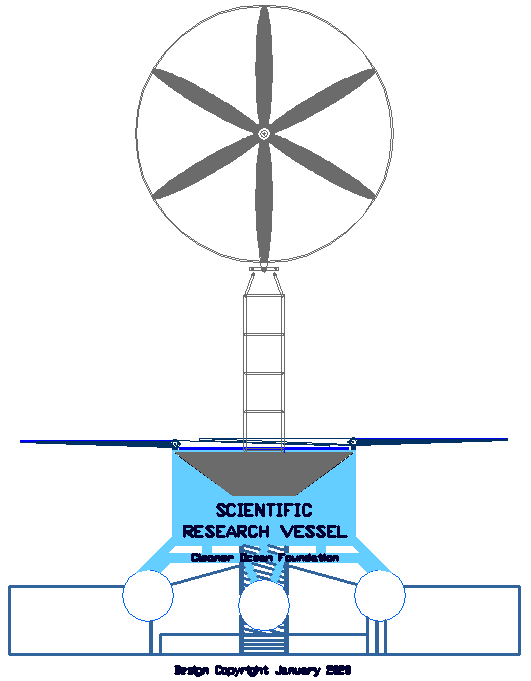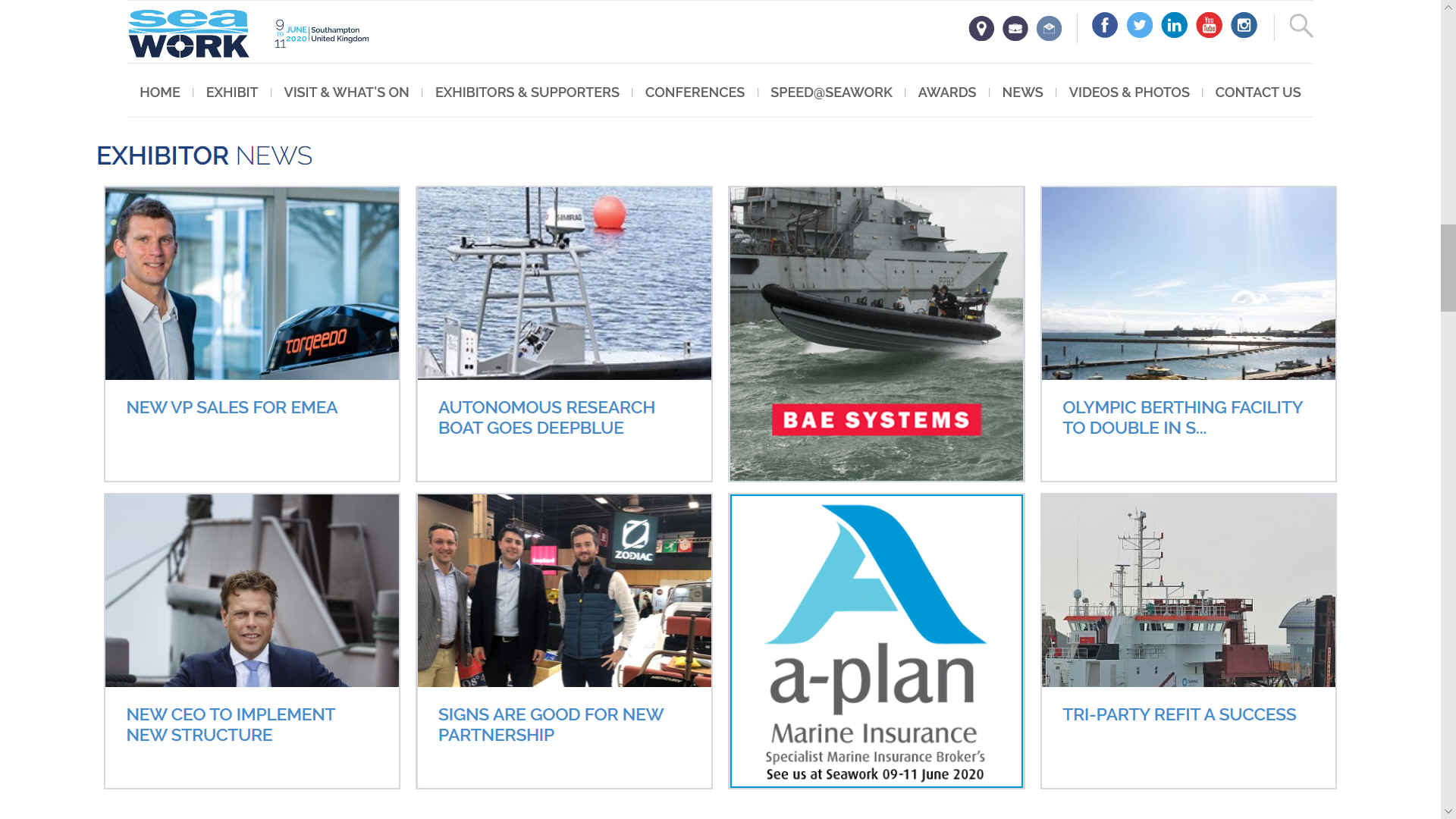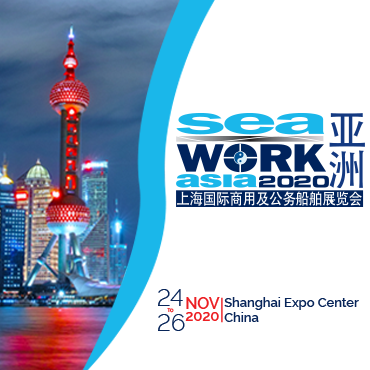|
SEAWORK INTERNATI0NAL 2020
|
||||||||
|
ABOUT - CLIMATE - CONTACTS - DONATE - FOUNDATION - HOME - OCEAN PLASTICS PLEASE USE OUR A-Z INDEX TO NAVIGATE THIS SITE
PETER COLINSON - Chairman - Senior Subsea and Environmental Specialist, BP International Limited
2016
It’s been said we know more about the surface of the moon than the world’s oceans, but that could soon change with the advance of marine autonomous systems (MAS). Loaded with sensors and cameras, these aquatic robots can capture data from the world’s oceans faster, safer and cheaper than ever before.
Bigger doesn’t necessarily mean better in the underwater world. Small in both size and investment price, microsubs are a new class of autonomous underwater vehicle (AUV) that can work collectively in a shoal to record a highly detailed picture of the underwater environment – and fast. “We’re adapting a microsub to perform environmental surveying that would normally be done at considerable cost using large-scale AUVs or remotely operated vehicles (ROVs),” says Joe Little, technology principal in BP’s digital innovation team.
These underwater watchdogs will also frequently patrol subsea infrastructure to provide early warning of any potential problems. Joe’s partner in this ambitious project, global environmental response expert, Peter Collinson is quoted: “When you have numerous units working intelligently, the speed of work and the volume of data and information you get is very impressive.” But for the moment this is just theory, to take the next step BP has partnered with manufacturer, Planet Ocean, the Marine Robotics Innovation Centre (MRIC) at the National Oceanography Centre in Southampton, and the Scottish Association of Marine Science (SAMS) to fine-tune the technology ahead of its first trial in the North Sea in December. If successful, the plan is to roll out a shoal of microsubs for environmental and operational monitoring, as well as crisis response planning, as soon as next year.
With the oil prices low and the industry looking for ways to minimise costs while remaining safe and efficient, Collinson says this is the perfect time to trial cheaper alternatives to the equipment currently used for deepwater inspection. “At the moment, we’re using the HUGIN AUV, which is essentially a 850kg submarine. While it has an endurance of around 30km and an incredible number of sensors, it does need a ship at the surface to monitor it. “Microsubs are a radical change from anything that’s been done before. We don’t need ships; we don’t need people at sea: we’ve the ability to launch from almost anywhere. We believe they offer exceptional potential.”
10th June 2020 – Morning Session : USV Conference
The theme of the 2020 conference will be ‘USV’s growing role in the Commercial Marine Market’. This half day Conference session will focus on Unmanned Surface Vessels and how their roles are developing in the Survey, Oceanographic, Renewable Energy, Oil & Gas, Transport and Defence sectors. The USV market was estimated at $534m in 2018 and with significant investment in the manufacture and development of advanced technology, is projected to reach $1,020 million by 2023. This session will highlight how the role of USV’s is making a positive impact in these sectors and how they can benefit future business. The 2020 Conference will be chaired by Peter Collinson, Senior Subsea and Environmental Specialist, BP International Limited.
11 June 2020 – Morning Session - Hybrid Propulsion Conference
The theme of the 2020 conference will be 'Real World Implementation of Hybrid Propulsion Solutions'. With Government legislation and environmental considerations key to reducing emission levels, this half day Conference session will explore the progress being made with hybrid propulsion in the commercial marine and workboat markets. Gain insight into case studies which demonstrate where hybrid propulsion is successfully making a difference – review the benefits to business and engage in the discussions on the challenges faced by the industry. The 2020 Conference will be chaired by Alan Cartwright, Director of Blabey Engineering Limited - a maritime consultancy.
SHALLOW WATER - Our love affair with polymers is causing enormous damage to the marine environment, with microplastics now found in zooplankton, shellfish and the stomachs of most seabirds. The Pilot-SeaVax vessel is designed to use the latest technology to sample marine debris at different depths and store marine debris at different depths, allied to a database to help formulate effective fleet cleaning operations of the future. This vessel is solar and wind powered, so does not contribute to global warming. A consortium of programmers and specialist engineers are seeking funding to build a 17 meter prototype in 2021. Copyright © diagrams Cleaner Ocean Foundation Ltd. January 18 2020.
CLIMATE CHANGE - A barge using batteries to power electric drives for a 40% reduction in CO2 emissions.
The Seawork Conferences are a must for all involved in the commercial marine industry who wish to explore the challenges, changes and emerging opportunities in today’s and tomorrow’s commercial marine and workboat sector.
LINKS & REFERENCE
https://www.bp.com/en/global/corporate/news-and-insights/bp-magazine/ocean-monitoring-with-robot-technology.html https://www.seawork.com/seawork-conference/commercial-marine-conference/hybrid-conference-speakers https://www.seawork.com/seawork-conference/commercial-marine-conference/usv-speakers https://www.maritimeindustries.org/Events/Seawork-International-2020/70286 https://www.seawork.com/
This website is provided on a free basis as a public information service. copyright © Cleaner Oceans Foundation Ltd (COFL) (Company No: 4674774) 2020. Solar Studios, BN271RF, United Kingdom. COFL is a charity without share capital. The names AmphiMax™, RiverVax™ and SeaVax™ are trade names used under license by COF in connection with their 'Feed The World' ocean cleaning sustainability campaign.
|


